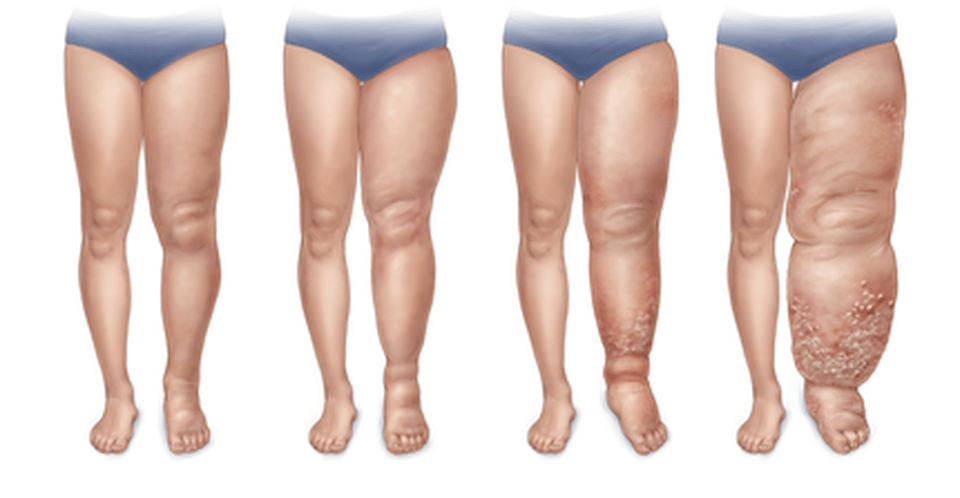About Lymphedema
- Home
- About Lymphedema
What is lymphedema?
March 6th is World Lymphedema Day!
What causes lymphedema?
What causes lymphedema?
What causes lymphedema?
Lymphedema is typically caused by damage or blockage to the lymphatic system, which is responsible for draining excess fluid from tissues and transporting immune cells throughout the body. Some common causes include:
- Common cause in Uganda is Podoconiosis a form of lymphedema that occurs in tropical highland areas in genetically susceptible individuals who are exposed to irritant volcanic soils.
- Surgery: Lymph nodes may be removed or damaged during surgical procedures, particularly those for cancer treatment. This can disrupt the normal flow of lymphatic fluid.
- Radiation therapy: Radiation treatment for cancer can damage lymph nodes and vessels, leading to lymphedema.
- Infection: Infections such as cellulitis can cause inflammation and damage to the lymphatic system, resulting in lymphedema.
- Trauma: Injuries such as burns or severe wounds can damage lymphatic vessels, impairing their ability to drain fluid properly.
- Congenital conditions: Some individuals are born with abnormalities in their lymphatic system, predisposing them to develop lymphedema.
- Cancer: Tumors can obstruct lymphatic vessels, preventing the normal drainage of lymphatic fluid and leading to lymphedema.
While lymphedema is often associated with cancer treatment, it can also occur due to other conditions or factors that affect the lymphatic system.
Stages Of Lymphedema Progression

Types of Lymphedema:
Primary Lymphedema:
A rare, inherited condition caused by genetic mutations affecting the development of the lymphatic system.
Secondary Lymphedema:
Common form, resulting from damage to the lymphatic system due to Surgery, Radiation therapy, Infections, Inflammatory diseases,Trauma or injury
Causes and Risk Factors:
Symptoms Of Lymphedema?
The first and foremost symptom of lymphedema is swelling. Other symptoms include:
- You can’t see or feel the veins or tendons in your hands and feet.
- Your arms or legs appear to be slightly different sizes.
- It feels as if your joints are unusually tight or inflexible.
- Your skin seems puffy or red.
- Swelling in your arms or legs or other areas of your body.
- You have a feeling of burning or itching.
- Your skin becomes noticeably thicker.
– Genetic predisposition
– Age (primary lymphedema often appears during childhood or adolescence)
– Gender (women are more likely to develop secondary lymphedema)
– Excessive weight or obesity
– Infections or inflammation
– Cancer and its treatment
– Presence of rheumatoid or psoriatic arthritis




